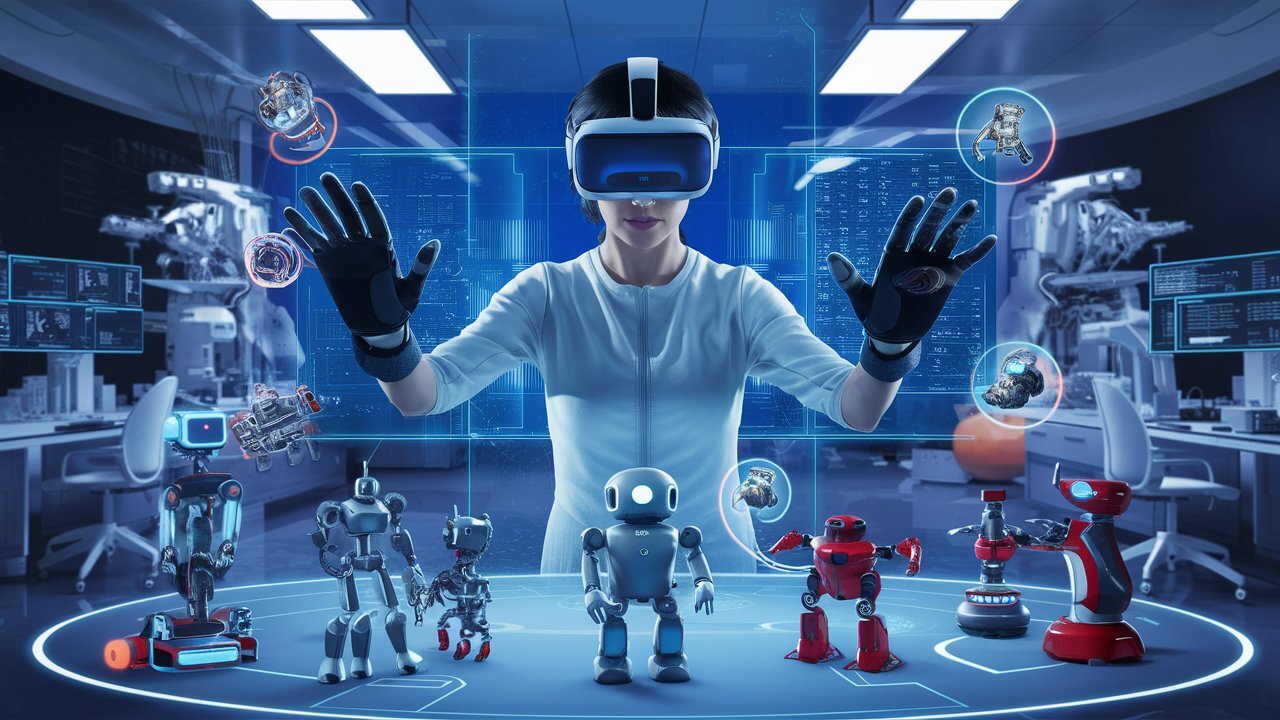Although the application of artificial intelligence (AI) in robotics has brought increasing advances, autonomous robots still cannot function as smoothly as biological entities, including humans. This has led a section of the community to return to the idea of remote-controlled robots.
The new system from MIT and UCSD significantly improves the robot control experience by giving the pilot immersive virtual reality control. Wearing a VR helmet, the pilot sees stereoscopically through the robot’s eyes and can move his head, as well as control the robot’s arms and fingers to move his own.
Instead of using sensors on the hands and fingers, limb movements are recorded using remote sensors similar to the Kinect system. The system allows the pilot to feel like he or she is in a remote location, performing actions such as picking up balls and moving them into cups, while the robot does the actual work.
Source: Ferra
I am a professional journalist and content creator with extensive experience writing for news websites. I currently work as an author at Gadget Onus, where I specialize in covering hot news topics. My written pieces have been published on some of the biggest media outlets around the world, including The Guardian and BBC News.











